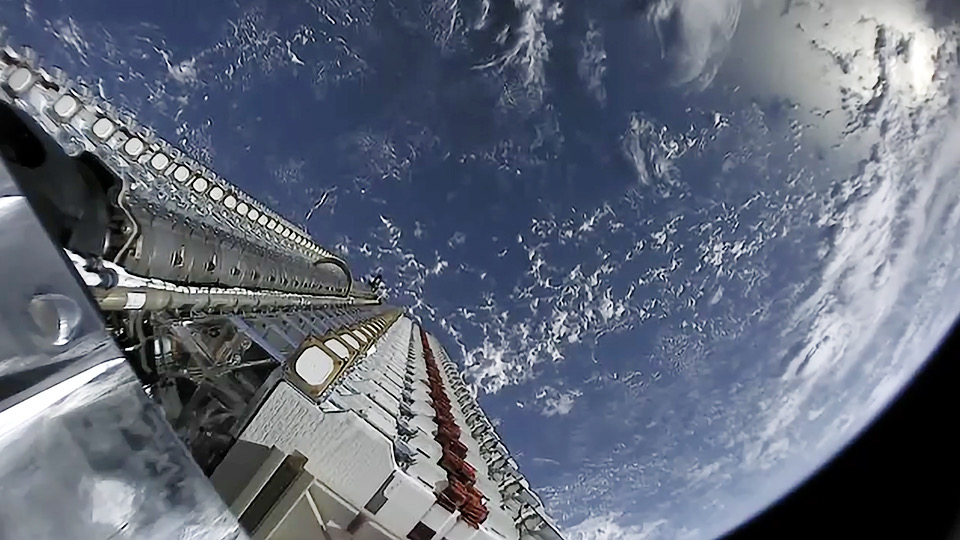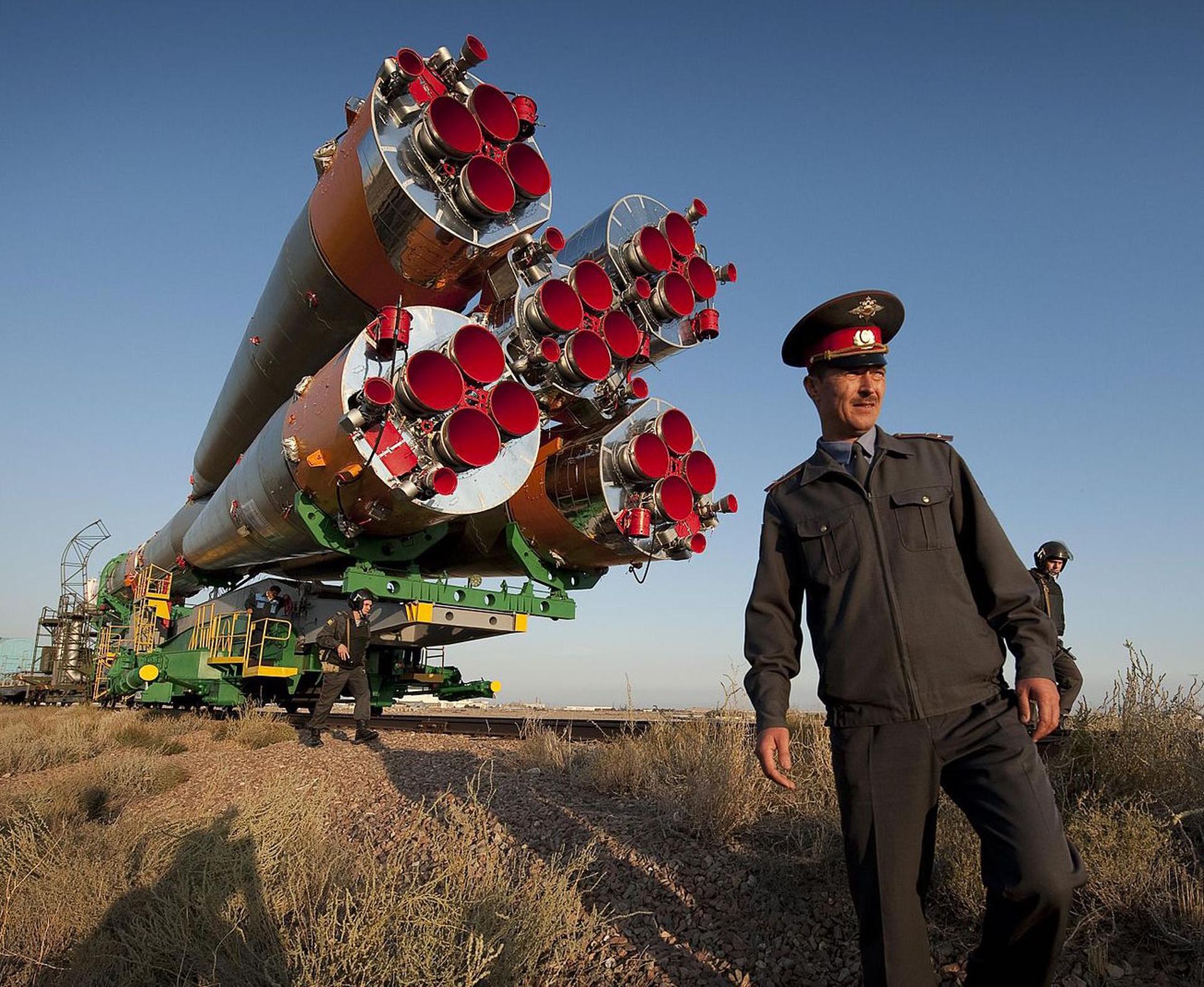· space brief · 5 min read
Space Brief 2 Jan 2025
Today's recap covers SpaceX's role in record launch numbers, the FCC's spectrum allocation for launches, and the historical portrayal of the Ingenuity helicopter.

📄Top Stories
The Space Force celebrated Florida’s remarkable record of launch activity in 2024, with SpaceX playing a crucial role. The rapidly increasing pace of launches worldwide has also been linked to this burgeoning activity. Meanwhile, the FCC continues to support space endeavors by allocating more spectrum for commercial launch communications. NASA’s Ingenuity Mars Helicopter earns unique recognition by featuring in a Rose Parade float, marking its first flight in such an event.
📰Detailed Coverage
Florida’s Launch Record: A Boost to Commercial Space
Florida saw an unprecedented year in its launch history, largely enabled by a surge in SpaceX missions. Brig. Gen. Kristin Panzenhagen lauded SpaceX for driving “crazy numbers,” with launches primarily occurring from the Eastern Range. This surge in activity illustrates a growing dominance of commercial entities like SpaceX in setting launch records and fueling industry growth.
The increased launch frequency sets the stage for continued scrutiny and interest in tracking satellite deployment and reentry—critical aspects served by our web app for real-time tracking of these rapidly increasing orbital objects.
Read the full story: SpaceNews
Global Launch Records: Thanks to SpaceX
In 2024, the world witnessed a new global record for orbital launches, driven almost entirely by SpaceX’s aggressive launch schedule. The Hawk-eyed watchers of the space industry will note that this comes even as SpaceX constantly pushes the envelope with its rapid launches and recoveries.
This international record underscores the growing trend of frequent space access, prompting interest and innovation in launch technology and satellite management.
Read the full story: SpaceNews
NASA’s Ingenuity Soars in the Rose Parade
Bringing a touch of Mars to Earth, NASA’s Ingenuity Mars Helicopter became the first drone to fly on a Rose Parade float. The floral replica of the famous helicopter was part of the “Rover Rendezvous” float, inspiring attendees and viewers with a creative twist on space exploration.
Originally designed as the first helicopter to fly on another planet, Ingenuity’s presence in the parade highlights the intersection of technology, creativity, and public outreach, showcasing how space achievements continue to inspire generations.
Read the full story: Space.com
FCC Allocates More Spectrum for Space
The FCC has allocated additional spectrum bands to support commercial launch operations, following legislative directives passed earlier this year. This move aims to ease communication restrictions during launches and allows for smoother operations amidst the growing number of commercial spaceflights.
The decision is part of broader efforts to adapt regulatory frameworks to the rapidly evolving space sector, meeting industry demands and supporting satellite and launch communications.
Read the full story: SpaceNews
SpaceX Wraps Up 2024: What’s Next?
As SpaceX concluded its 2024 launch activities, its impressive statistics include a record number of Starlink satellite launches. SLC-40 emerged as a major hub for their operations, with key takeaways pointing towards more ambitious targets in 2025, especially regarding Starship flights.
SpaceX’s continued expansion in deployment capabilities and high-frequency launches positions them as a pivotal player in the space industry, underlining the importance of satellite tracking and orbital management tools.
Read the full story: SpaceExplored
🛰️Satellite Spotlight
- Satellite Name: COSMOS 1133
- NORAD ID: 11541
- Launch Date: 1979
- Mission: Originally a communications satellite, COSMOS 1133 is part of a series of Russian military satellites for secure communications.
- Orbit: Inclination 74.0251°, Period 115.12 minutes, Eccentricity 0.0027
- Operator: GUKOS (Main Directorate of the Space Forces, Russia)
- Fun Fact: Despite being launched over four decades ago, COSMOS 1133 continues to be monitored and tracked, illustrating the longevity and operational resilience of early space technology.
Current TLE Data:
1 11541U 79084D 24366.50689840 .00000010 00000-0 16997-3 0 99997
2 11541 74.0251 278.0418 0027227 90.5666 82.3444 12.50872230 1179Track this satellite in real-time on our web app: Track COSMOS 1133
Upcoming Space Launches
January 3
- SpaceX Falcon 9 Block 5:
- Thuraya 4-NGS from Cape Canaveral Space Force Station (01:27 UTC) Thuraya 4-NGS is a communication satellite providing advanced routing flexibility for military and commercial use.
January 5
- SpaceX Falcon 9 Block 5:
- Starlink Group 6-71 from Cape Canaveral Space Force Station (17:10 UTC) A batch of satellites for the Starlink mega-constellation, SpaceX’s project for space-based internet communication.
January 6
- Blue Origin New Glenn:
- Maiden Flight from Cape Canaveral Space Force Station (04:30 UTC) This launch marks the maiden flight of the New Glenn launch vehicle and serves as its first National Security Space Launch certification flight.
- SpaceX Falcon 9 Block 5:
- Starlink Group 12-11 from Kennedy Space Center (16:19 UTC) A batch of satellites for the Starlink mega-constellation, focusing on global internet coverage.
January 10
- SpaceX Starship:
- Flight 7 from SpaceX Starbase (22:00 UTC) Seventh test flight of the two-stage Starship launch vehicle.
January 28
- SpaceX Falcon 9 Block 5:
- SpainSat NG I from Cape Canaveral Space Force Station (04:00 UTC) This satellite provides secure communications for the Spanish government and its allies.
January 31
- Rocket Lab Electron:
- Kinéis 16-20 from Rocket Lab Launch Complex 1, Mahia Peninsula, New Zealand (00:00 UTC) Fourth batch of satellites for the French Kinéis IoT constellation.
- SpaceX Falcon 9 Block 5:
- Blue Ghost Lunar Lander Mission 1 & Hakuto-R M2 “Resilience” from Kennedy Space Center (00:00 UTC) The Blue Ghost mission will bring payloads to the lunar surface, while the Hakuto-R M2 lander will carry out studies on the Moon.
- SpaceX Falcon 9 Block 5:
- Starlink Group 12-3 from Cape Canaveral Space Force Station (00:00 UTC) A continuation of SpaceX’s Starlink internet project.
- SpaceX Falcon 9 Block 5:
- Transporter 12 (Dedicated SSO Rideshare) from Vandenberg Space Force Base (00:00 UTC) Dedicated rideshare to deploy microsatellites and nanosatellites for a variety of clients.
Note: Launch dates and times are subject to change due to technical or weather considerations.

Maurice Stellarski





